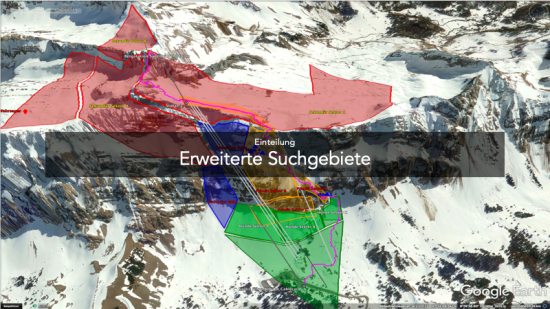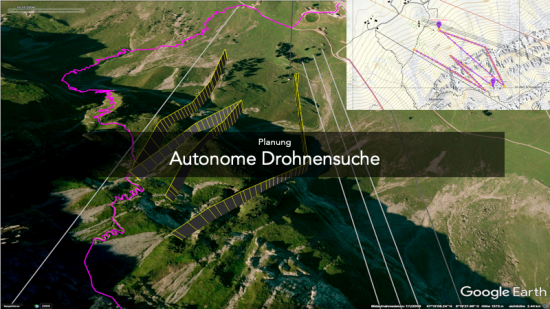Mountain rescue in the digital age - new digital concepts
We show you what mountain rescue can look like in the digital age to save human lives
And yet another look at digital innovations from Heinz Beutler, Senior Principal Consultant at Namics, as well as Rescue Chief Schwägalp/Säntis, Alpine Rettung Schweiz.
If someone needs rescue, nowadays people reach for their smartphone. But this only works if there is reception, sufficient battery charge and as long as the person can reach for the smartphone. Using a real-life missing person's report from Säntis, Heinz describes the challenges in nature. The weather at the time of the report was similar to today with lots of fresh snow and snow transports as well as temperatures of minus 15 degrees Celsius.

After defining the rescue area, the search for Recco/LVS signals was carried out both terrestrially with dogs and from the air, using thermal imaging and an IMSI-catcher (logging the smartphone into a simulated cell). The challenge in such a search is the simplicity of the solution (especially under stress) and the aggregation of the data. Too much is still done manually, which is error-prone and inefficient - this is where digital transformation comes in for the rescue.
Within Namics - subsequently in cooperation with the University of Applied Sciences in Rapperswil - the process described above was analysed, improved and an application was developed to address some of the challenges.
A server application consolidates data from a tracking application installed on the smartphone, plus data from a portal used by the command and control center and data from autonomous flying drones. In particular, the use of drones posed numerous challenges due to the steep elevation model and wind conditions in the project.

Finally, Heinz shows how much the rescue of mountain climbers could be simplified and how much it is lagging behind compared to other applications. This example thus shows how much potential for digitalisation exists in rescue and what Namics is also working on.













